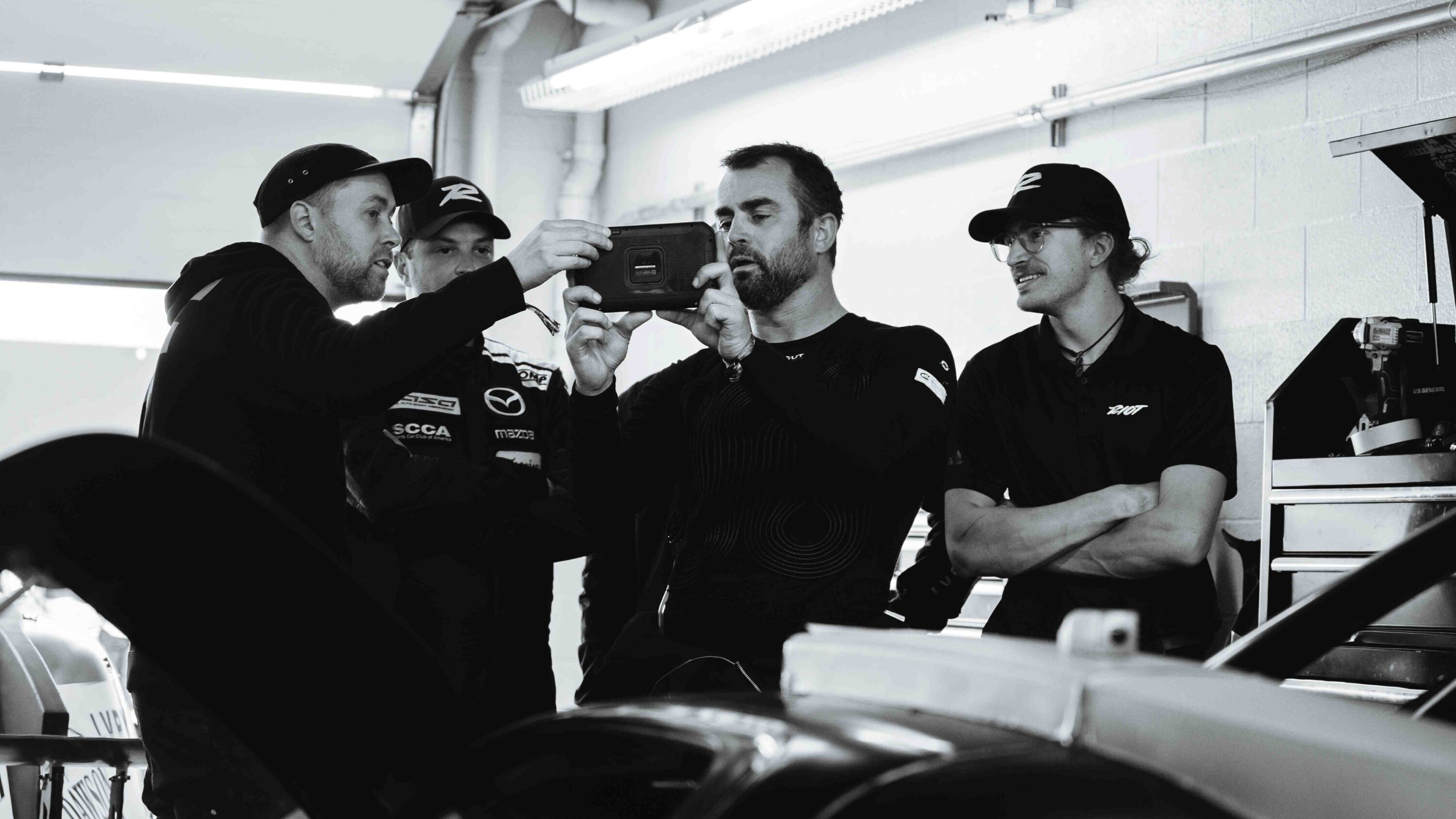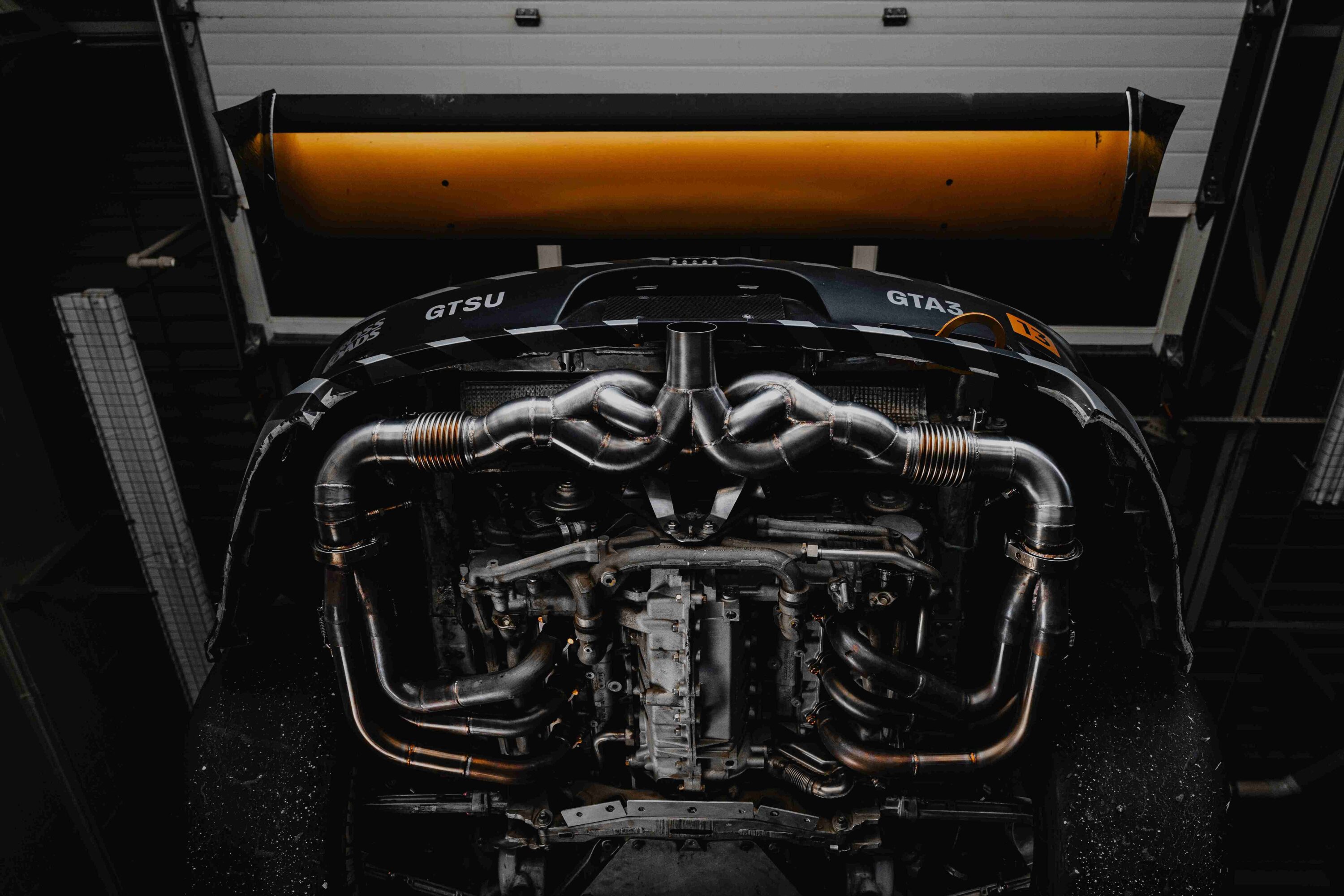Photo Credit: Zoe Kuball
Getting faster and driving better in motorsport isn’t always a straight line “upward and to the right” as the marketers like to call it. We hit plateaus in our progress, even going backwards in some categories.
Before getting into things, I would like to mention that hitting plateaus are normal and not necessarily something we need to worry about getting out of immediately.
What I mean by this is that it’s OK to “hang out” at a particular level in our development for a while. Just like with a fitness regime, a diet, or learning any other skill, it actually takes quite a bit of mental energy to go faster on a race track, be it a car, kart, bike, or something else.
The physical and mental toll that racing takes on our bodies is often overlooked, so I want to remind everyone that there will be those days and weekends where, despite everything we do, we just can’t seem to get “in the groove” and perform as well as we usually do or think we should.
Remember that the stresses of your life will take their toll and that though racing on the track is, in my opinion, the most fun you can have in life — it’s not “easy” fun. It takes effort to go fast and oftentimes we are not at 100%. Sometimes, it feels like we’re at 25%.
#1 — Don’t Copy the Car in Front
This one’s a classic: we take some queues from the car in front on a corner or two that they seem to be doing better than us and gain on them until we’re very, very close. Then… we stop gaining on them at all.
In fact, it seems like the corners where we used to close on them are no longer strong corners for us!
Maybe we’re copying ALL of their line and not just the parts that are better than the line we were driving while gaining on them.
#2 — Pretend Like You’re Giving Someone Else Advice on the Situation
Pretend that a friend or other driver just walked up to you in the paddock, described your situation, and asked you for advice.
What would you say?
You might start with asking yourself questions like:
- What corners feel good? Which ones don’t?
- How are the tires feeling? Do pressures come up like normal? How’s the wear looking?
- What have you tried? How did it go?
- And so on…
By stepping outside of the situation, so to speak, you can get curious about the problem at hand and may come up with something you wouldn’t think of because you’re too close to the problem.
Furthermore, you’re unlikely to give yourself bad advice like “push harder” or “just send it”… right?
You can also take this technique to a friend and have them ask you questions. They’ll likely ask you different questions than the ones you’d think of, too!
#3 — Look at How You Recently Got Faster
Using video, data, or notes, take some time to consider how you recently got faster: did you improve your low-speed corners? High speed?
How about gear changes: did you eliminate a gear change to simplify a section? Maybe you’re now having to upshift where you used to be able to run a single gear?
You may very well have introduced a new challenge for yourself — and that’s a good thing!
Let’s say you’re now having to upshift to 4th gear through a series of corners where you used to just hit the rev-limiter. Quite a bit has changed:
- Throttle inputs in a higher gear impact the car balance more subtly
- The car suspension will act differently at a higher speed
- The next corner(s) will come at you faster… maybe you’re mentally behind?
- You now have to downshift back to 3rd at some point — maybe even through to 2nd. Downshifting through two gears is harder than one!
Point here is: by going faster in one corner, you’re impacting the next corner (faster max speed before braking, etc). Maybe you’re impacting a series of corners.
If that’s the case, then you’ll want to pay attention to what doesn’t feel great about those following corners and experiment with changes to your driving. Comparing data with like-type cars can help, here.
#4 —Try a Setup or Line Change
If you determine that your physically and mentally sharp, but you’re just struggling to keep pace with the pack… maybe it’s time to change things up.
It’s easy to fall into a trap of sticking to “THE setup” — you know, the one you’ve run for this track before that has worked so well? Or maybe we’re calling on our driving line and execution strategy from last month that worked very, very well (i.e. “I need to brake HARD at the curbing”).
So we can get fixated on this idea that “it worked before, it should work today” but… today is not that day. The weather is slightly different, the track surface is slightly different, your car is slightly different, and even you are slightly different.
Whatever the details, keep in mind that if what worked before isn’t working today, don’t be afraid to change something.
Just remember to change one thing at a time and don’t feel bad if your pace digresses further — you’ve learned what is NOT going to work today, and that is progress in and of itself.
#5 — Take a Walk or a Nap
Even if the next session is Qualifying or the Race for the day… take some space. Take a walk around the paddock with a bottle of water and just take it all in. Don’t think about driving, just check out the cars, the people… and just chill.
Over-fixating on problems doesn’t help — you’re already in a mental rut, right? So sitting there, going over and over the same thing is just digging deeper into the mud pit you’re stuck in — much like a car might.
Another thing to consider is taking a short nap. Or, if you’re not a napping-type, try Non-Sleep Deep Rest (NSDR). Try searching YouTube for Dr Huberman NSDR. You’ll find a great guided NSDR session that takes about 20 minutes.
Short naps or NSDR have both been studied and proven to be good mental recharges for us and will help clear your mind if nothing else.
I once used NSDR to recover mid-day during a race weekend where I had gotten very little sleep one night and was dragging as the race came up. Twenty minutes later, my headache had faded and I felt clear-headed — went on to perform very well, vying for P2 among three drivers, ultimately finishing P3.
In the End… Don’t Sweat It
We all hit plateaus and not every day is a breakthrough day. Getting curious and approaching the situation like it’s an experiment can help shift our perspective. If it’s an experiment, then there are no good or bad results, just results we can learn from.
And you just may find the key that moves you on to the next step in your development as a driver or race engineer.






